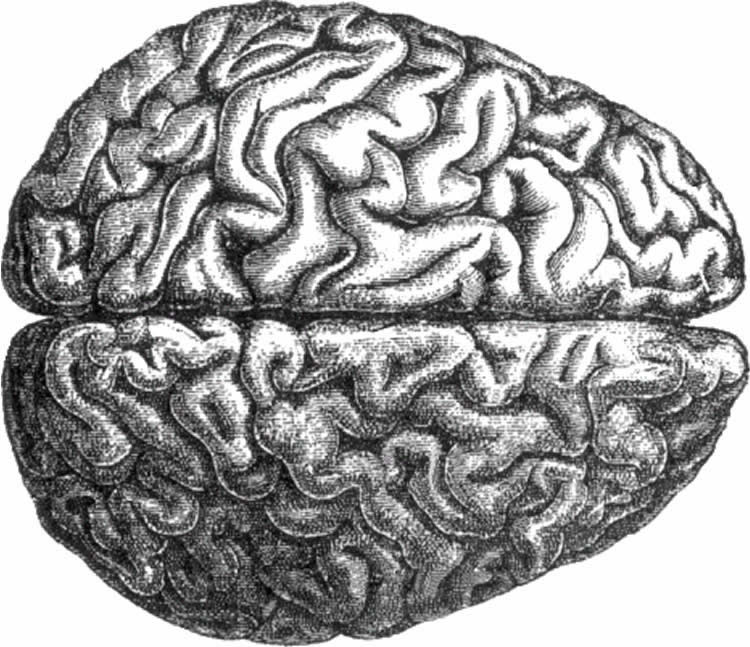Summary: New injectable mesh electronics allows researchers to study neural processes that take place over time.
Source: Harvard.
Syringe-injectable mesh electronics offer researchers the chance to study processes that take place over long time.
Scientists in recent years have made great strides in the quest to understand the brain by using implanted probes to explore how specific neural circuits work.
Though effective, those probes also come with their share of problems as a result of rigidity. The inflammation they produce induces chronic recording instability and means probes must be relocated every few days, leaving some of the central questions of neuroscience – like how the neural circuits are reorganized during development, learning and aging- beyond scientists’ reach.
But now, it seems, things are about to change.
Led by Charles Lieber, The Mark Hyman Jr. Professor of Chemistry and chair of the Department of Chemistry and Chemical Biology, a team of researchers that included graduate student Tian-Ming Fu, postdoctoral fellow Guosong Hong, graduate student Tao Zhou and others, has demonstrated that syringe-injectable mesh electronics can stably record neural activity in mice for eight months or more, with none of the inflammation produced by traditional implanted probes. The work is described in an August 29 paper published in Nature Methods.
“With the ability to follow the same individual neurons in a circuit chronically…there’s a whole suite of things this opens up,” Lieber said. “The eight months we demonstrate in this paper is not a limit, but what this does show is that mesh electronics could be used…to investigate neuro-degenerative diseases like Alzheimer’s, or processes that occur over long time, like aging or learning.”
Lieber and colleagues also demonstrated that the syringe-injectable mesh electronics could be used to deliver electrical stimulation to the brain over three months or more.
“Ultimately, our aim is to create these with the goal of finding clinical applications,” Lieber said. “What we found is that, because of the lack of immune response (to the mesh electronics), which basically insulates neurons, we can deliver stimulation in a much more subtle way, using lower voltages that don’t damage tissue.”
The possibilities, however, don’t end there.
The seamless integration of the electronics and biology, Lieber said, could open the door to an entirely new class of brain-machine interfaces and vast improvements in prosthetics, among other fields.
“Today, brain-machine interfaces are based on traditional implanted probes, and there has been some impressive work that’s been done in that field,” Lieber said. “But all the interfaces rely on the same technique to decode neural signals.”
Because traditional rigid implanted probes are invariably unstable, he explained, researchers and clinicians rely on decoding what they call the “population average” – essentially taking a host of neural signals and applying complex computational tools to determine what they mean.

Using tissue-like mesh electronics, by comparison, researchers may be able to read signals from specific neurons over time, potentially allowing for the development of improved brain-machine interfaces for prosthetics.
“We think this is going to be very powerful, because we can identify circuits and both record and stimulate in a way that just hasn’t been possible before,” Lieber said. “So what I like to say is: I think therefore it happens.”
Lieber even held out the possibility that the syringe-injectable mesh electronics could one day be used to treat catastrophic injuries to the brain and spinal cord.
“I don’t think that’s science-fiction,” he said. “Other people may say that will be possible through, for example, regenerative medicine, but we are pursuing this from a different angle.
“My feeling is that this is about a seamless integration between the biological and the electronic systems, so they’re not distinct entities,” he continued. “If we can make the electronics look like the neural network, they will work together…and that’s where you want to be if you want to exploit the strengths of both.”
Source: Peter Reuell – Harvard
Image Source: NeuroscienceNews.com image is in the public domain.
Original Research: The study will appear in Nature Methods during the week of August 29 2016.
[cbtabs][cbtab title=”MLA”]Harvard. “A New Window to Understanding the Brain.” NeuroscienceNews. NeuroscienceNews, 29 August 2016.
<https://neurosciencenews.com/mesh-electronics-brain-neuroscience-4921/>.[/cbtab][cbtab title=”APA”]Harvard. (2016, August 29). A New Window to Understanding the Brain. NeuroscienceNew. Retrieved August 29, 2016 from https://neurosciencenews.com/mesh-electronics-brain-neuroscience-4921/[/cbtab][cbtab title=”Chicago”]Harvard. “A New Window to Understanding the Brain.” https://neurosciencenews.com/mesh-electronics-brain-neuroscience-4921/ (accessed August 29, 2016).[/cbtab][/cbtabs]







